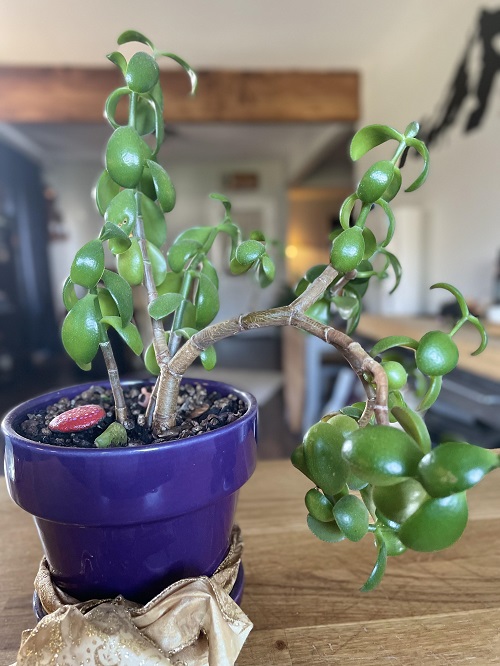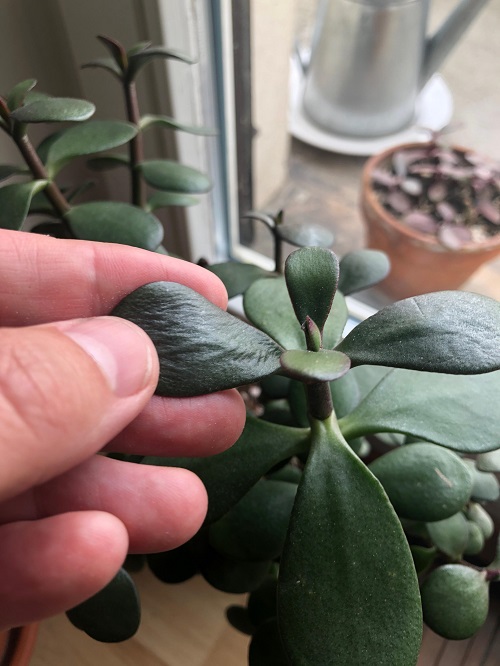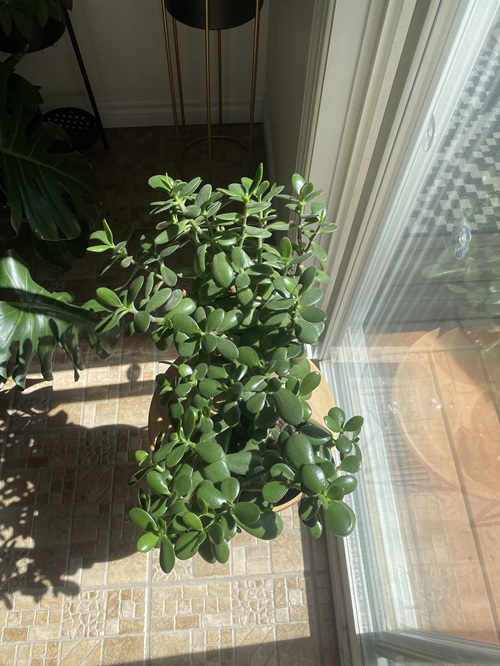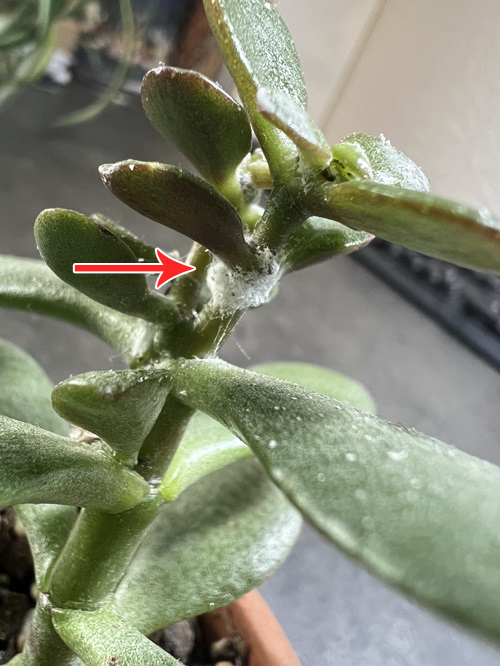You may love Your Jade Plant, but are you unknowingly leading it to its doom? Here are some Ways You Are Killing it!

If your Crassula ovata is losing its charm and you haven’t got a clue why, then this article has your back! We investigate things that might be killing this hardy succulent and what you should stop doing immediately.
The jade plant, an evergreen succulent with glossy oval leaves in a brilliant green, is native to South Africa and is loved for its ease of care. Yet, many have met their end in the hands of well-meaning gardeners. Let’s jump right in!
Ways You Are Killing Your Jade Plant
1. Giving it Too Much Water
The Jade plant is a succulent, which is why it does not require regular watering to survive like your other houseplants. It stores water in its egg-like, fleshy leaves, which the plant slowly taps into whenever it needs hydration.
The right time to water is when the top two inches of soil have completely dried. Use your fingers to feel the soil moisture, and water it if it feels dry to the touch. Saturate the soil deeply until water starts to seep out from the drainage holes. Ensure no “lack” of drainage holes or blockage in the bottom of the pot!
2. Watering Too Little, Too Late

The first point may misdirect you to neglect your jade plant’s watering needs completely. But no, just as overwatering hurts your succulent, so can underwatering. While drought-tolerant, it still survives on the amount of moisture present in the soil. If its leaves start to shrivel from dryness or appear woody, your plant is signaling you to quench its thirst!
Water it once every two or three weeks, especially if it is kept indoors. Learn to listen to your plant and soil’s needs to avoid killing your jade plant. Check out this detailed article on its watering schedule to ensure it lives on forever!
3. It’s in the Wrong Soil

This petite succulent is picky about its home. It hates wet feet and can only tolerate well-draining soil that doesn’t hold moisture for long. Stagnant water at the bottom of the container can lead to root rot—a leading cause of jade plant deaths.
Therefore, choose a succulent-friendly potting mix that is coarse and loamy and contains perlite, pumice, and peat moss. Also, make sufficient holes at the bottom of the pot to drain out extra water.
4. Not Paying Attention to Sunlight

Jade plants thrive in bright, filtered sunlight. Direct exposure to the harsh rays of the sun for over four hours can lead to leaf burn or scorch. However, it won’t die this way. The most common reason that leads to the demise of a Crassula ovata is when it is kept indoors with barely any exposure to light in the dark. This slowly turns a jade plant leggy, pale, etiolated, and dull before dying.
Place the pot in a spot with ample dappled sunshine, like a south, west, or east-facing window. Make sure it is sheltered from the afternoon sun, and if needed, use grow lights if you don’t get any daylight in your home.
5. Wrong Place and Temperature

Extreme temperature fluctuations are another way you could be killing your jade plant! Well, not you exactly, but your lack of awareness! Mimicking its native habitat, jade plants love steadily warm conditions. A sudden dip could lead to leaf drop and dormancy, while drastic spikes can lead to dehydration and shriveled leaves.
Jade plants prefer a temperature between 65 and 75 F, and they will thank you for shelter from cold drafts, air conditioners, fireplaces, and heaters. The alarming temperature is anything below 50 F (10 C) and above 90 F (32 C); this is when you should move your jade plant to a protected place.
6. Pest Infestation

While jade plants are relatively pest-resistant, they aren’t a hundred percent immune and infestation-proof! Mealybugs and occasionally spider mites mess with this otherwise chill, fuss-free succulent.
Mealybugs—the main culprits—are tiny white, waxy bugs that thrive in the same warm and moist conditions that jade plants love! They suck on the sap of all plant parts that are above ground, leading to stunted growth, discoloration, and, finally, death.
Monitor the plant regularly and check for infestation. If you spot a few mealybugs, here’s how to deal with them.
That’s it! Watch out for these things, and your jade plant will live on for many years. Don’t worry if you’re starting to see some signs already—they are really forgiving.


